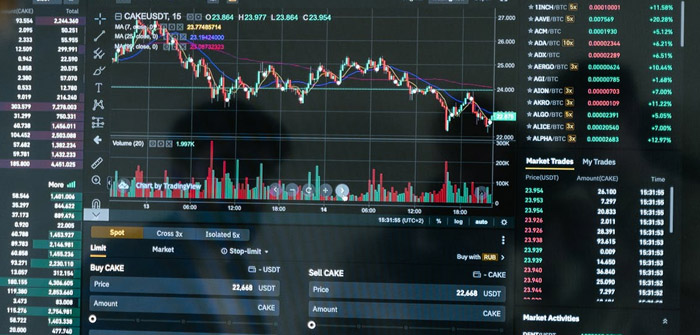(Photo | Pexels)
One writer, Tim Smart, in his recent U.S. News and World Report article suggests 2022 will be “The year of living dangerously.” His reason for using this characterization is that the economy has been on a roller coaster ride for the last two years and based on recent stock market reactions, it could be shaky for a while. Here is a recap of the ups and downs so far:
- The worldwide pandemic and the government’s response brought on both the sharpest and shortest recession in history,
- Consumer demand remains strong supported by strong savings accounts and rising wages,
- Second to inflation, labor constraints are a primary concern and the two often go hand in hand,
- Business owner optimism and confidence in the U.S. economy and their own businesses are almost back to pre-pandemic levels with 77 percent saying they are very optimistic about their business prospects.
In an Uncertain Economy, Investors Look for Safety and Commercial Real Estate Investment Will Be a Preferred Option
The relatively healthy returns and inflation hedging capabilities of commercial real estate with market rate leases and strong equity growth will drive investors to the asset class.
Cap rates in Central Oregon are at historic lows and Fed monetary policy will likely narrow the spread between cap rate and interest rates. The opportunity for growth in equity will become an equally important feature to the cap rate when analyzing commercial real estate investment opportunities.
A significant number of investors have sold their commercial real estate to take advantage of escalating values and they will need to reinvest through 1031 exchange rules while they still exist. Secondary real estate markets such as Central Oregon are popular targets for reinvestment due to quality of life issues and in recognition of population redistribution to less densely populated regions of the U.S.
Commercial lenders at Umpqua Bank commented for this article that “Industrial property is seeing strong demand as more businesses move to the area. Redmond and Prineville will see more projects than Bend in part because of Urban Boundary limitations and higher land costs.”
The preference for high-quality space is another factor fueling the commercial real estate market. It was a hallmark of the last business cycle, as employers increasingly looked to their facilities as a factor to attract and retain top talent. At the same time, the high-quality space typically found in newer buildings has been growing scarce.
Umpqua Bank says, “We have been talking with several prospects who are looking to build mixed-use space in Bend to offset the ‘single use’ commercial space.” Nationally, the share of office inventory built within the past 20 years has declined from 48 percent in 2001 to just 20 percent currently. As flight-to-quality accelerates, newer, well-located and high-quality buildings should outperform.
The mix of commercial real estate users will change as inflationary pressures, employee shortages and supply chain challenges create a need to adapt. Central Oregon businesses are also making adjustments in their business model and Umpqua Bank’s experience is that, “The pandemic is forcing many companies to find new ways of doing business with less but will continue to adapt as they are supported by a healthy demand from the influx of new residents to the region.”
New commercial real estate projects will focus on Green Building features. Green buildings have historically achieved a higher rent premium relative to their non-rated peers and that premium has continued to grow through the pandemic. The rent premium for green building certification is expected to continue to widen in 2022. Central Oregon has an opportunity through the CPACE initiative to have a low cost approach to financing green building retrofits and for incorporating green features into proposed projects. Commercial property-assessed clean energy (CPACE) is a financing structure in which building owners borrow money for energy efficiency, renewable energy or other projects and make repayments via an assessment on their property tax bill. 350 Deschutes is working with local governments to create authorizations for this program.
Local government can play an important role in the economy by removing barriers and providing an environment for developers, businesses and citizens to create livability and growth at the same time. A good example of this approach is articulated by John Roberts, Redmond Deputy City Manager. He says, “Redmond can continue to retain its regional advantages as we have plans to expand the airport, sewer and water capacity and improve South Highway 97. Moreover, we still have opportunities within our Urban Growth Boundary to develop residential and industrial lands. Our 2040 Comprehensive Plan does provide opportunities for more neighborhood services and commercial nodes.”
Damon Runberg, Regional Economist at Oregon Employment Department, believes that public-private development partnerships are critical, especially in smaller communities where larger banks are not willing to invest. He says, “Central Oregon could benefit from … government agencies back stopping loans on larger commercial or multi-family projects that are of importance in those communities. Smart and intentional development can maintain lifestyle advantages even with a significantly larger population.”
Commercial real estate investment in Central Oregon might be one of the few safe investments during the forecasted economic turmoil ahead. It is also one of the catalysts that will move the local economy forward into the future.
Bruce Barrett is a SCORE Certified Mentor and a Commercial Real Estate Broker with Windermere Central Oregon RE. barrett@windermere.com





